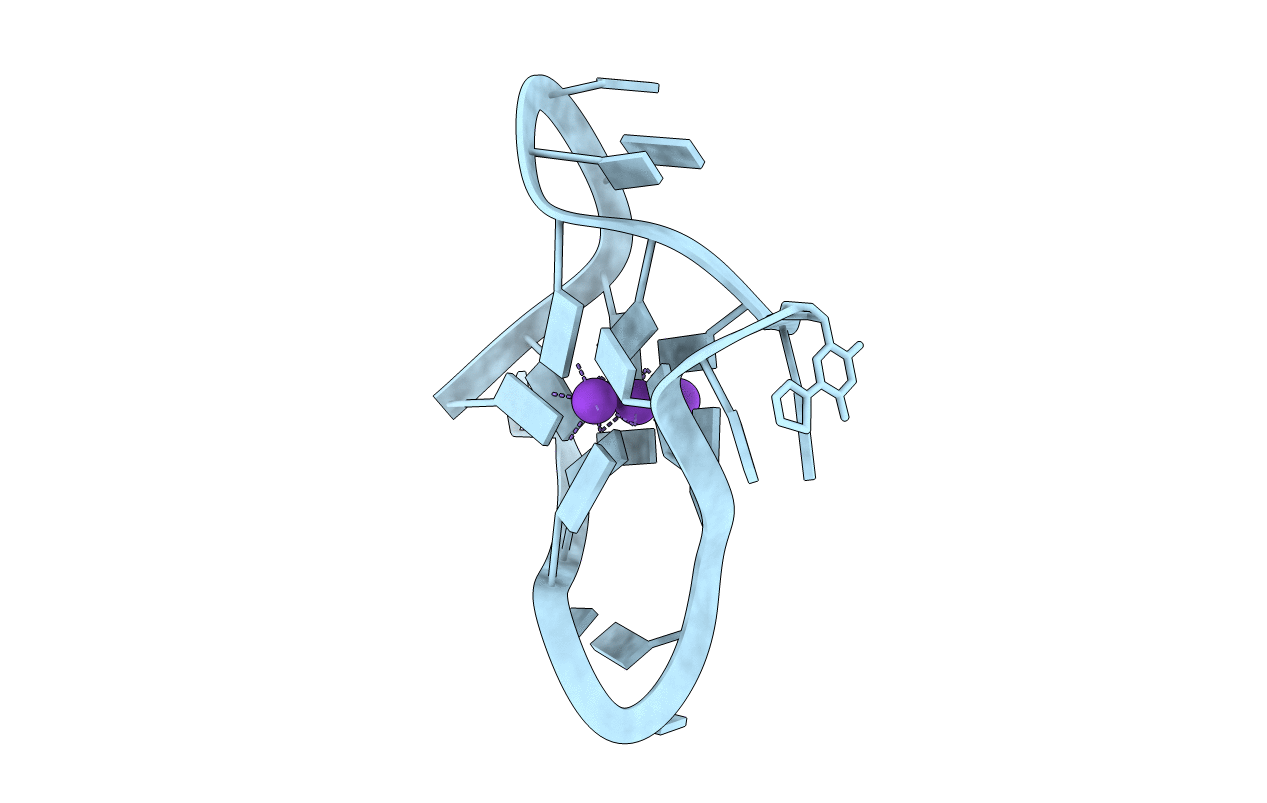
Deposition Date
2018-11-19
Release Date
2019-05-15
Last Version Date
2023-11-22
Entry Detail
PDB ID:
6ISW
Keywords:
Title:
Structure of human telomeric DNA with 5-selenophene-modified deoxyuridine at residue 12
Biological Source:
Source Organism:
Homo sapiens (Taxon ID: 9606)
Method Details:
Experimental Method:
Resolution:
2.30 Å
R-Value Free:
0.28
R-Value Work:
0.25
R-Value Observed:
0.25
Space Group:
P 21 2 21


